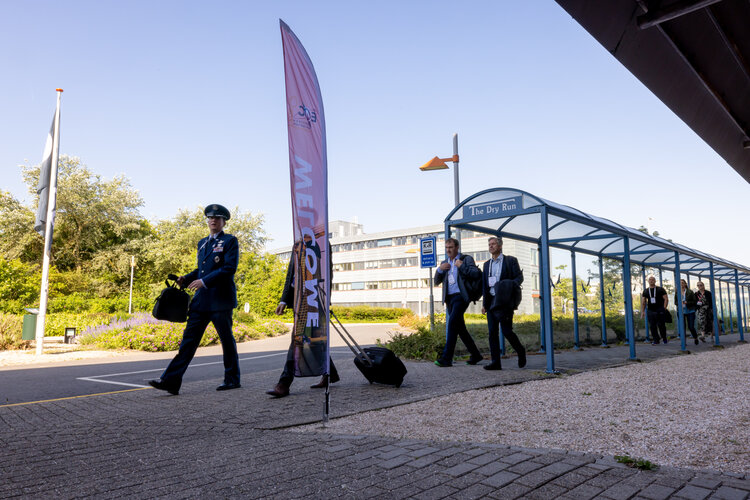
Dietmar Pilz, Head of ESTEC and ESA Director of Technology, Engineering and Quality, welcomed participants to ESA’s technical heart: “Galileo started here, with ESA’s very first navigation studies taking place here 30 years ago, evolving into the mission concept for this fantastic constellation, and all flying Galileo satellites tested here to make sure they’re able to fly.” He added that ESTEC’s new antenna testing facility, Hertz 2.0, is currently under construction, and designed to measure the radio frequency performance of Galileo Second Generation to the highest possible standard.
Mark Harbers, Dutch Minister of Infrastructure and Water Management, emphasised the need for resilient navigation systems. In particular, satellite based PNT has become indispensable in the daily lives of most Europeans, part of the lifeblood of our society. Global Navigation Satellite Systems, GNSS, are set to continue to grow, with 10 billion receivers operational worldwide by 2031. They are critical to the flow of people and goods by air, sea, and land.



